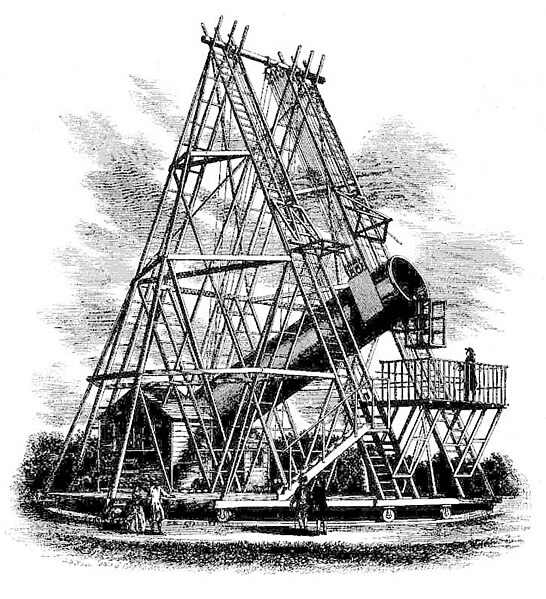I would have liked to take a trip up the stairs to have a look inside but alas it was not open. If I had been fortunate then I would have seen inscribed around the dome Psalm XX1X-1 "The Heavens declare the glory of God; And the firmament showeth his handwork".
Today observatories are more likely to be found on the tops of mountains rather than hills but the one glanced through the pillars on this hill on a hazy day is a more famous name than the one is Southport
Helpfully this woman is pointing at the name above the doorways.
The Royal Observatory, Greenwich which was founded in 1675 when the first Astronomer Royal was appointed. The building takes his name of Flamsteed House. Its original purpose was to improve navigation at sea so that an exact position of east and west could be found by astronomical means and to discover the "so much desired longitude of places" and is the home of Greenwich Mean Time.
The scientific work of the Royal Observatory was relocated in the 20th Century and Greenwich itself is now a tourist attraction. There is a pleasant garden at the back here but the thing of most excitement to me was the remains of William Herschel's telescope seen in the foreground. This is the remaining section of the 40 ft (12m) reflecting telescope built for William Herschel who became famous for his discovery of the planet Uranus in 1781. At the time the telescope was the largest in the world and was paid for by King George III at a cost of £4000.
Completed in 1789 and erected at Herschel's home near Slough (30 miles east of Greenwich). It soon became a tourist attraction even being marked on the 1830 Ordnance Survey map. It was difficult to set up and maintain and his son dismantled it in 1840 then most of the Tube was destroyed when a tree fell on it 30 years later. I imagine that William Herschel's sister would have also looked through this telescope as she was also an accomplished astronomer discovering many comets.
Going inside the Observatory and up the stairs is this wonderful walnut panelled room with soaring windows, just the place to look at the sky.
Time to put our feet up outside the Here stands the
 |
| Posters in the Astronomy |













5 comments:
As soon as I saw the thumbnail on the ABC linky I recognised it as the observatory in Hesketh Park, Southport - I took a photo of it in 2007 but didn't find out much information about it at the time. Lovely to see it again and learn a bit more about it.
Great choice for O!
I LOVE it when they refurbish instead of tear down!
Amazing!
http://amitaag.blogspot.in/2014/04/the-big-o.html
The only observatory I have visited so far is the McDonald Observatory in Fort Davis. It was built at the highest elevation in TX and the night skies used to be clear of any man-made lights - until all the fracturing boom started. Some of the oil companies are helping out by using downward facing lights.
Interesting history of the observatories you included in your post - would love to visit some of these.
Post a Comment